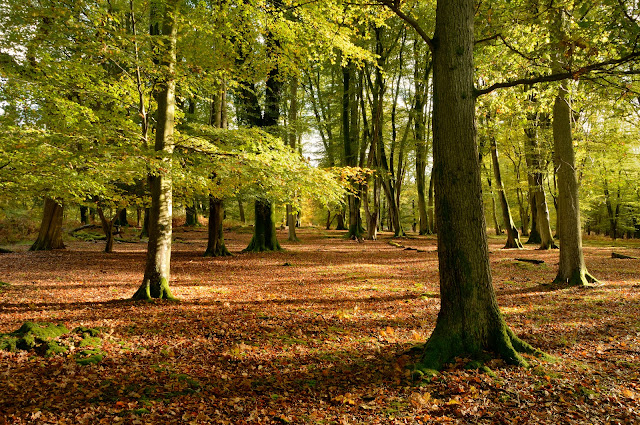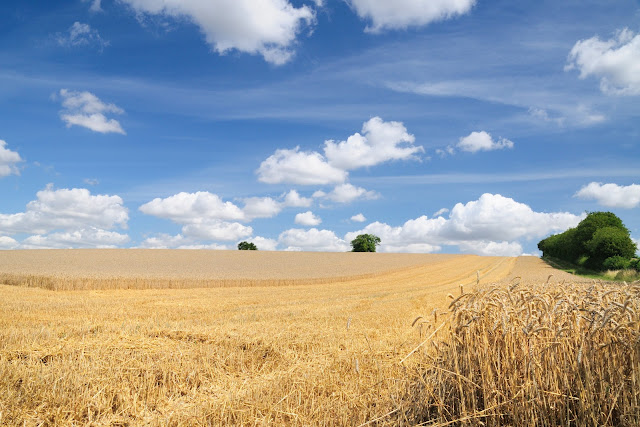A visit to the New Forest

The New Forest is one of the largest remaining tracts of unenclosed pasture land, heath-land and forest in Southern England, covering southwest Hampshire and southeast Wiltshire. It was proclaimed a royal forest by William the Conqueror, featuring in the Domesday Book. Pre-existing rights of common pasture are still recognised today, being enforced by official verderers. In the 18th century, the New Forest became a source of timber for the Royal Navy. It was here that we were to spend a week, exploring the forest itself, and some places not too far away. What we needed was good weather! Being Autumn, the forest floor was, in many places, covered in a colourful carpet of fallen leaves. ... such as this area. I had this tree down as the oldest in the forest. It was fenced off from the path, so may be it was! Another view of the colourful forest floor. Pigs foraging (or resting) in the forest. During the autumn months, it’s not an uncommon sight to see




